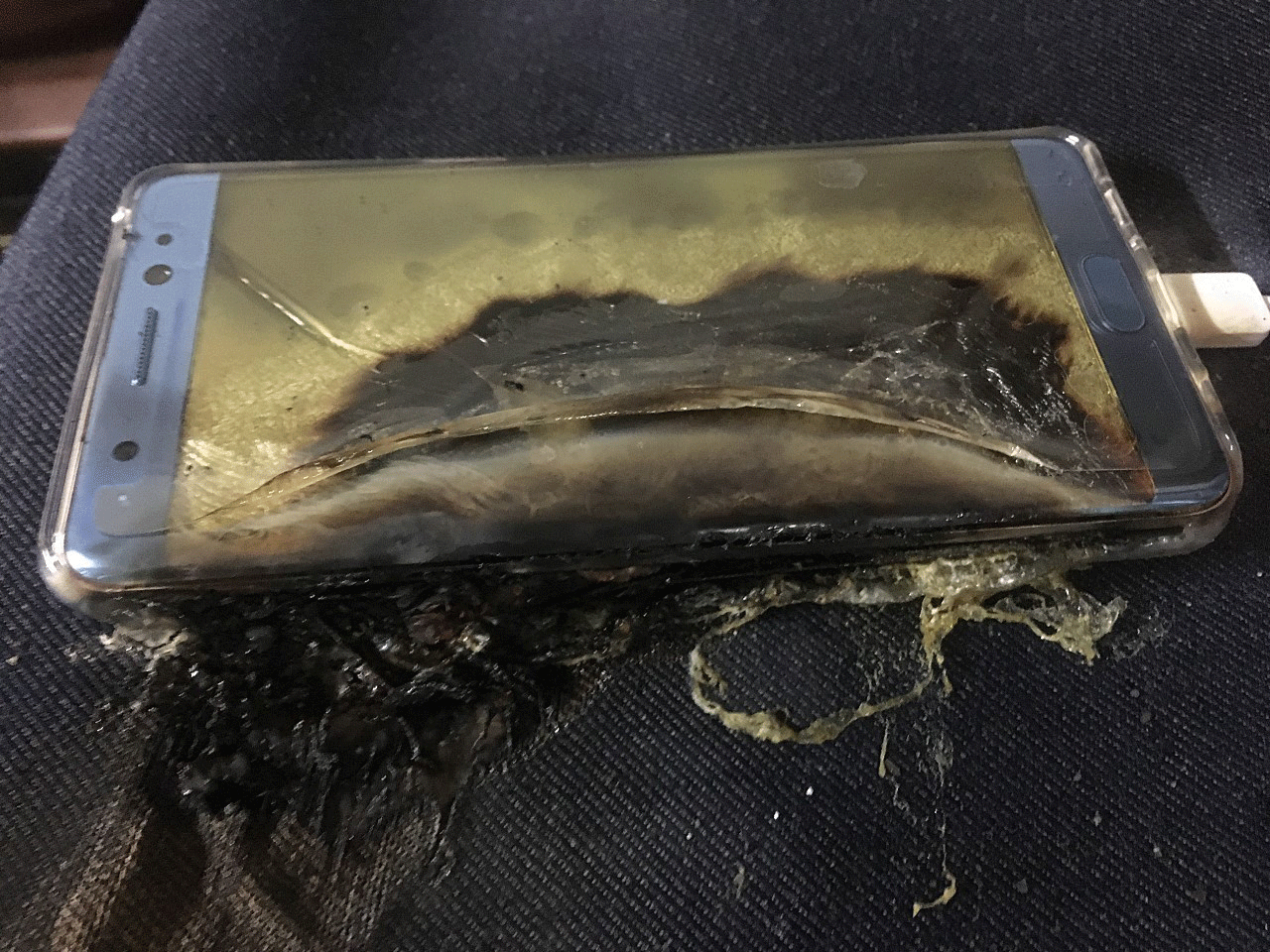Samsung Galaxy Note 7: Why the 'new' relaunched version should not explode
The handset is back from the dead

Your support helps us to tell the story
From reproductive rights to climate change to Big Tech, The Independent is on the ground when the story is developing. Whether it's investigating the financials of Elon Musk's pro-Trump PAC or producing our latest documentary, 'The A Word', which shines a light on the American women fighting for reproductive rights, we know how important it is to parse out the facts from the messaging.
At such a critical moment in US history, we need reporters on the ground. Your donation allows us to keep sending journalists to speak to both sides of the story.
The Independent is trusted by Americans across the entire political spectrum. And unlike many other quality news outlets, we choose not to lock Americans out of our reporting and analysis with paywalls. We believe quality journalism should be available to everyone, paid for by those who can afford it.
Your support makes all the difference.Just months after many people expected Samsung to completely retire the Note brand, the company is set to launch refurbished units of the disastrous Galaxy Note 7.
The handset, as we all know, was recalled after several devices caught fire, then re-issued with apparently safe new batteries that also turned out to be highly dangerous, before being recalled again, banned on flights across the world, and eventually discontinued.
Or apparently not. Samsung has decided to resurrect the handset with a slightly new name, in the hope that enough time has passed and assurances have been made to convince consumers that they should buy the Note 7 over any other phone on the market.
What went wrong with the original?
Samsung conducted a lengthy investigation into the matter and, as widely expected, a multitude of battery faults were to blame.
The first issues were traced back to the batteries manufactured by Samsung subsidiary Samsung SDI.
Samsung said the main problem with them was that “the negative electrode was deflected in the upper-right corner”, but added that an incorrectly located negative electrode tip was an issue too.
The company’s response to the initial wave of explosion reports was to expand production of Note 7s equipped with batteries made by a separate supplier, Hong Kong-based Amperex Technology. Unfortunately, these were also faulty.
“High welding burrs on the positive electrode resulted in the penetration of the insulation tape and separator which then caused direct contact between the positive tab with the negative electrode,” explained Samsung in January, adding that a number of Amperex Technology-made Note 7s were also missing insulation tape.
Safety checks
The Note 7 catastrophe prompted multiple grovelling apologies from Samsung executives, and led to the firm pushing back the launch of the Galaxy S8.
Before its unveiling, the company announced its new ‘8-Point Battery Safety Check’, a rather dull breakdown of its manufacturing process designed to convince consumers that none of the huge errors it made with the Note 7 would ever happen again.
Unfortunately for Samsung, it also had the effect of causing an increasing number of them to question why such a process wasn’t already in place.
The ‘new’ Galaxy Note 7
Following months of rumours, Samsung has confirmed that it will re-launch the Note 7 as the Note 7 ‘Fan Edition’ on 7 July.
It’s a bizarre choice of name, which has led some to joke that Samsung might not have had a problem if the original Note 7 had been fitted with a fan.
The company has decided not to build a completely new phone, but to refurbish recalled and unsealed Note 7 handsets with unused components and batteries that “have passed new safety measures”.
These batteries will have a lower capacity to the 3,500mAh batteries that powered the original, with 3,200mAh being suggested by some reports.
Other than that and the addition of the so-far highly disappointing Bixby voice assistant, the models are expected to be exactly the same, featuring the same 5.7-inch Quad HD display and 12-megapixel camera that won so much praise when the phone first launched.
Unsurprisingly, it won't cost as much as the original. Samsung is yet to announce official numbers, but recent reports say it will be available for around £470, far less than the £699 it retailed for at launch.
Whether that's enough of a price reduction to persuade people to purchase what will be a year-old phone with a dangerous reputation remains to be seen.
Join our commenting forum
Join thought-provoking conversations, follow other Independent readers and see their replies
Comments